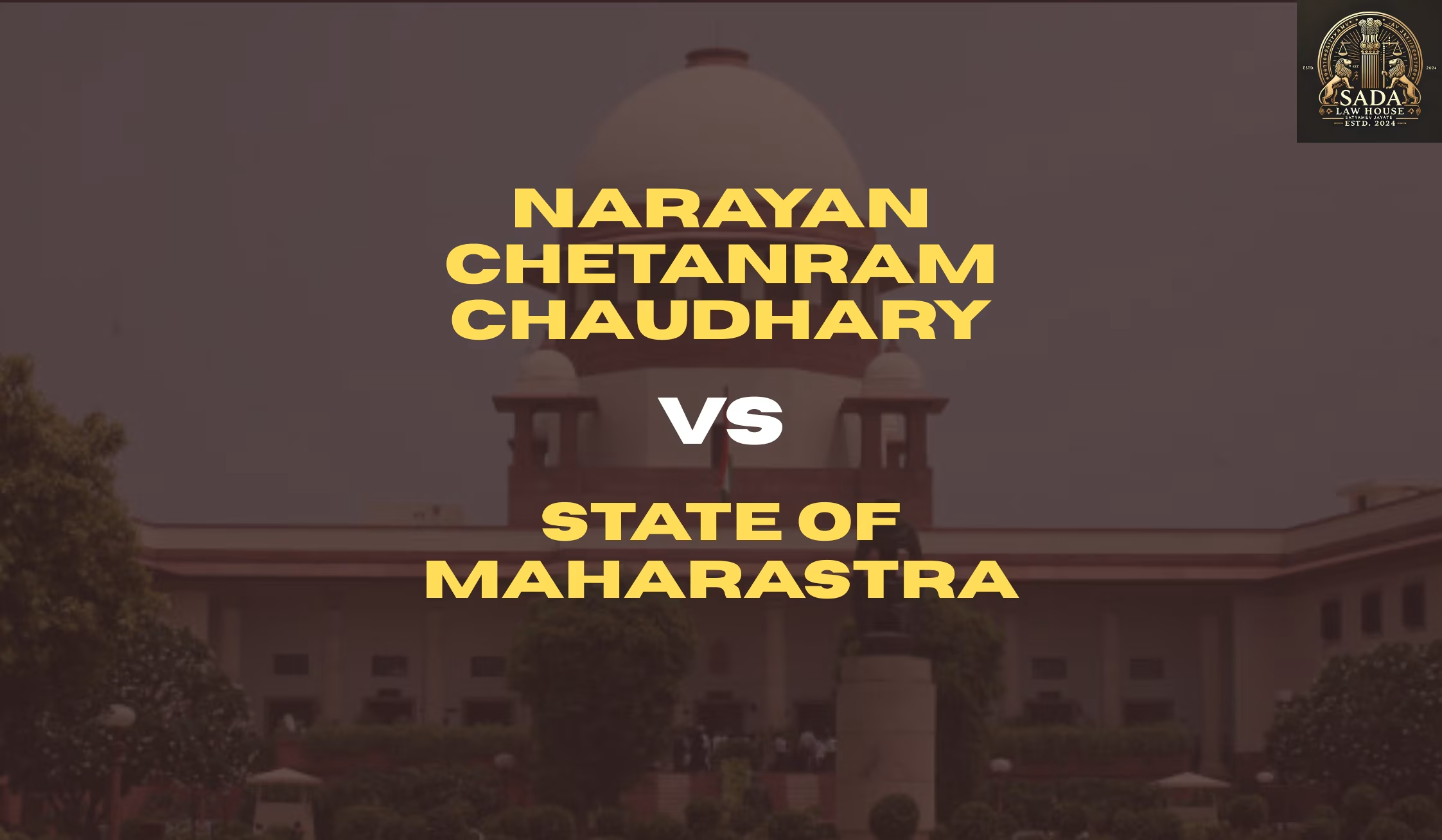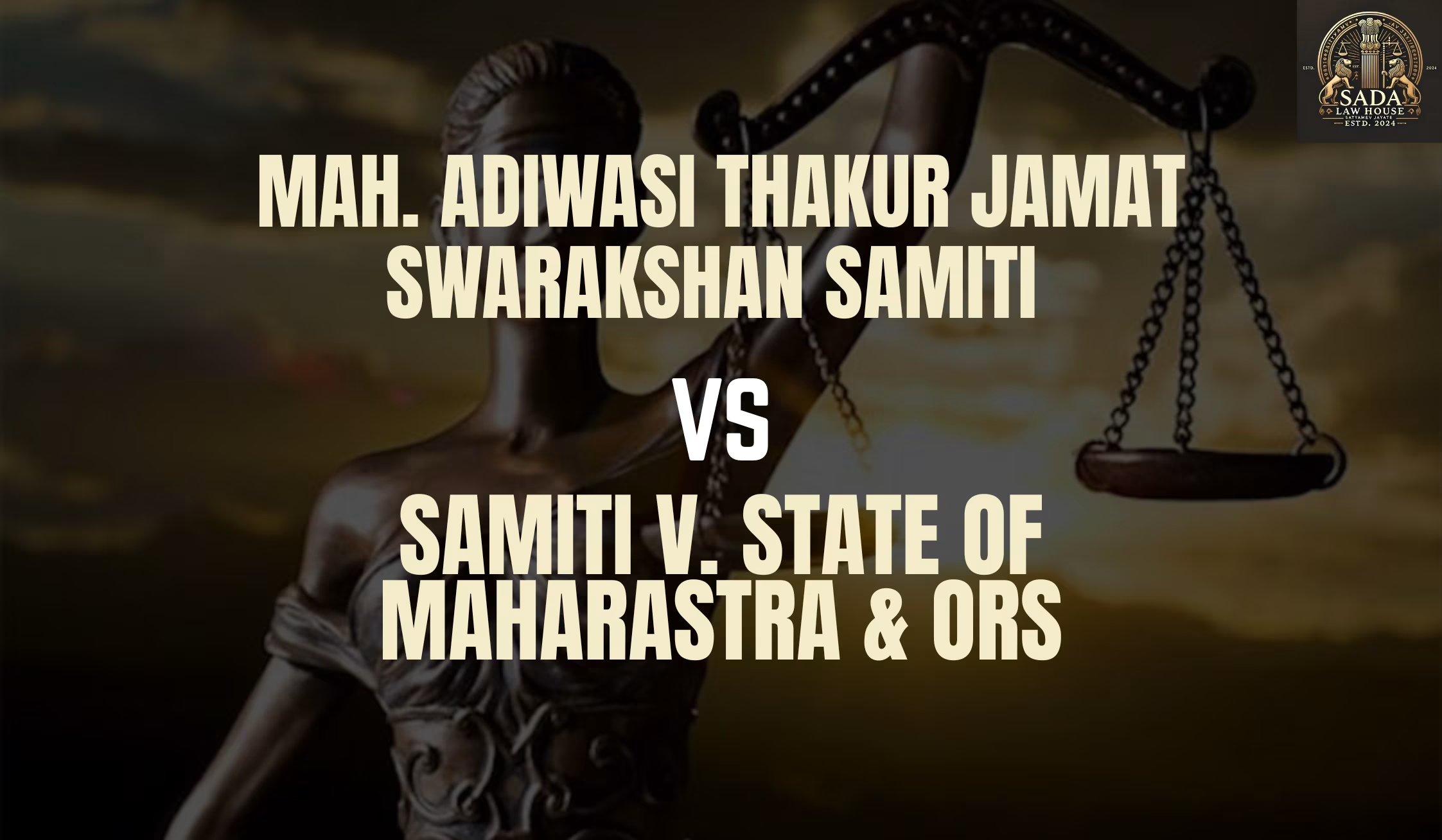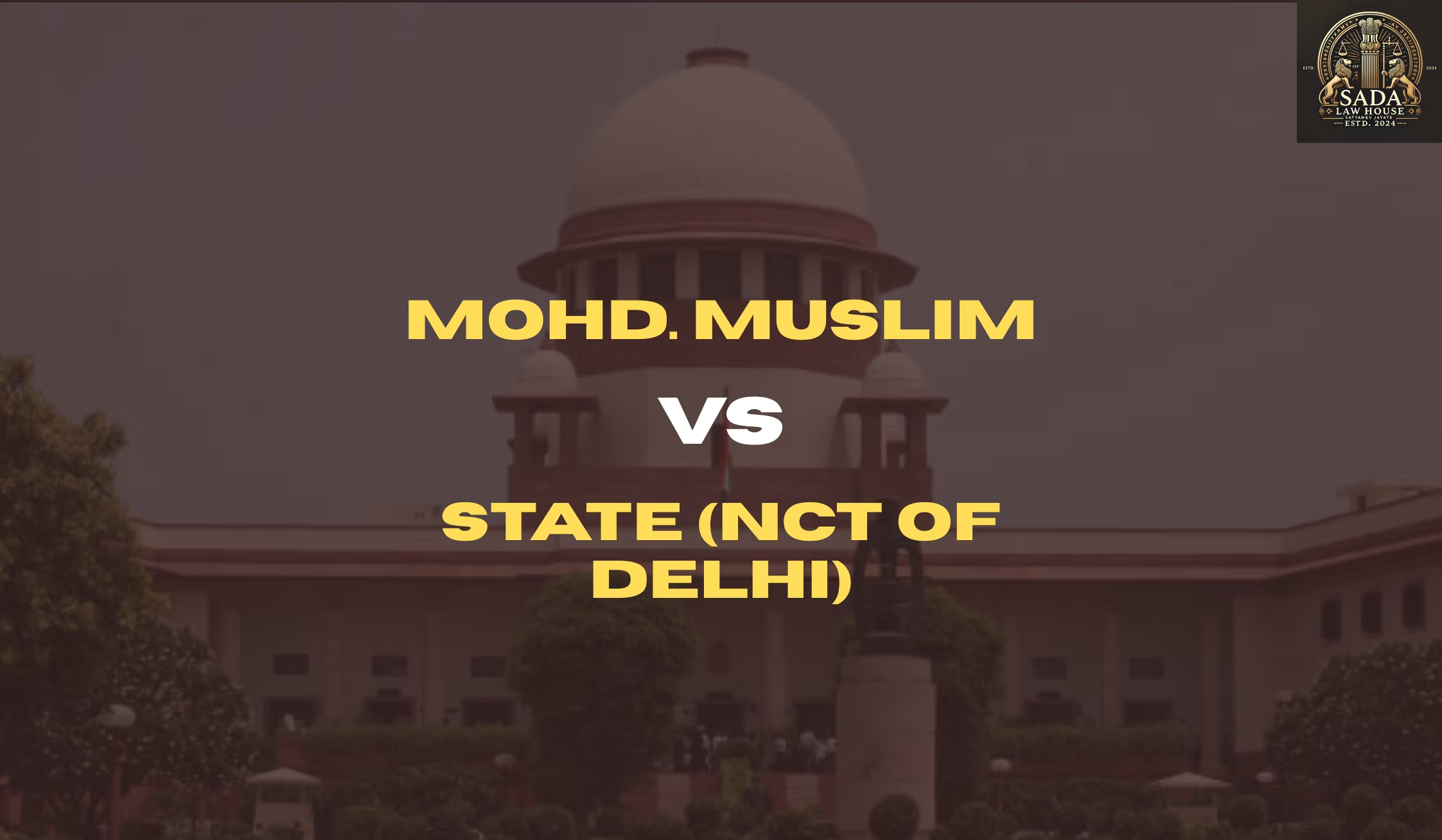The Role of Intellectual Property in Promoting Innovation in India
13 Mar 2025

Table of contents
- Historical Evolution of India’s Intellectual Property Framework
- Legal and Structural Reforms in the 2020s
- The 2024 Patent Rule Amendments
- The Scheme for Facilitating Startups Intellectual Property Protection (SIPP)
- Pharmaceuticals and Biotechnology: Balancing Patents and Public Health
- Information Technology and Electronics: From Piracy to Semiconductor Sovereignty
- Agriculture and Traditional Knowledge: GI Tags as Economic Multipliers
- Persistent Challenges in the IP Ecosystem
- Conclusion
- References
India’s journey toward becoming a global innovation hub has been significantly influenced by its evolving intellectual property (IP) regime. Over the past decade, the country has undertaken substantial reforms to align its IP policies with international standards, aiming to foster creativity, attract foreign investment, and stimulate economic growth. Despite persistent challenges in enforcement and awareness, initiatives such as streamlined patent processes, specialized IP courts, and targeted support for startups underscore India’s commitment to leveraging IP rights (IPRs) as a catalyst for innovation. This report examines the multifaceted relationship between IP protection and innovation in India, analyzing historical developments, recent legal reforms, sector-specific impacts, and the challenges that remain in fully realizing the potential of IP-driven growth.
Historical Evolution of India’s Intellectual Property Framework
Colonial Legacies and Post-Independence Reforms
India’s IP framework traces its origins to colonial-era laws, including the Patents and Designs Act of 1911, which prioritized foreign interests over domestic innovation. Post-independence, the government sought to rebalance this dynamic through the Patents Act of 1970, which excluded product patents for pharmaceuticals and chemicals to promote affordable access to medicines. This move catalyzed the growth of India’s generic drug industry but drew criticism for stifling innovation in high-technology sectors. The 1990s marked a turning point as India joined the World Trade Organization (WTO) and adopted the Trade-Related Aspects of Intellectual Property Rights (TRIPS) Agreement, necessitating sweeping reforms to comply with global norms.
The National IPR Policy of 2016
A landmark development came in 2016 with the launch of India’s first National IPR Policy, which consolidated patents, trademarks, copyrights, and geographical indications under the Department for Promotion of Industry and Internal Trade (DPIIT). The policy emphasized modernization of IP offices, digitization of application processes, and the establishment of the Cell for IPR Promotion and Management (CIPAM) to oversee awareness campaigns and enforcement strategies. While these measures improved administrative efficiency, gaps in enforcement and procedural delays persisted, keeping India on the U.S. Trade Representative’s Priority Watch List as of 2023.
Legal and Structural Reforms in the 2020s
The 2024 Patent Rule Amendments
A major leap forward occurred in 2024 with amendments to India’s Patent Rules, which reduced the timeline for filing a Request for Examination (RFE) from 48 months to 31 months from the priority date. This change aimed to accelerate patent approvals, which had previously taken an average of 5–7 years. Additional reforms included simplified compliance procedures, inventor certificates, and discounted renewal fees for small and medium-sized enterprises (SMEs). These amendments aligned India’s patent system with global standards, contributing to a 24.64% increase in patent filings and a 149.4% surge in grants between 2022 and 2023.
The Scheme for Facilitating Startups Intellectual Property Protection (SIPP)
Launched in 2016 and expanded in subsequent years, the SIPP scheme provides startups with subsidized legal support, fast-tracked examinations, and access to the World Intellectual Property Organization’s Technology and Innovation Support Centers (TISCs. By 2023, over 5,000 startups had leveraged the program, filing patents in sectors ranging from biotechnology to renewable energy. This initiative has been instrumental in elevating India’s rank on the Global Innovation Index (GII) to 40th position, with the country recognized as an “Innovative Achiever” for 12 Sector-Specific Impacts of IP-Driven Innovation
Pharmaceuticals and Biotechnology: Balancing Patents and Public Health
India’s pharmaceutical sector, valued at $50 billion in 2024, remains a global leader in generic drug production while navigating the complexities of patent protection. The TRIPS-compliant Patents Act of 2005 restored product patents for novel drugs, enabling multinational corporations like Pfizer and Novartis to protect innovations such as mRNA-based therapies. However, Section 3(d) of the law—which prohibits “evergreening” of minor modifications to existing drugs—has preserved access to affordable generics, ensuring 80% of antiretroviral drugs used globally originate from Indian manufacturers. Recent advancements in biotechnology are equally transformative: domestic firms like Biocon and Bharat Biotech filed 1,450 patents for CRISPR gene-editing tools and mRNA vaccine platforms in 2024 alone, with 35% involving cross-licensing agreements with U.S. and EU partners
The Department of Biotechnology’s 2023 IP Guidelines further incentivize commercialization, mandating non-exclusive licensing for high-TRL (Technology Readiness Level) research and preferential terms for SMEs. For instance, the National Institute of Immunology licensed a novel tuberculosis vaccine candidate to three Indian biotech startups under revenue-sharing agreements, ensuring affordability while recouping R&D costs. Despite these strides, foreign R&D investment in Indian pharma declined by 22% between 2020 and 2024, attributed to uncertainties around compulsory licensing provisions invoked during the COVID-19 pandemic.
Information Technology and Electronics: From Piracy to Semiconductor Sovereignty
Contributing 8% to India’s GDP, the IT sector has leveraged copyright reforms to curb software piracy, which dropped by 18% following the 2023 Copyright Act amendments introducing three-year imprisonment for repeat offenders. The Semiconductor Integrated Circuits Layout-Design Act has catalyzed local R&D, with 1,200 industrial design applications filed in 2024 for AI-driven chips and IoT devices. Under the Production Linked Incentive (PLI) scheme, firms like Tata Electronics and HCL secured $2.1 billion in subsidies to establish fabless semiconductor design units, reducing reliance on Chinese imports by 14%.
However, gaps persist in foundational technologies. While India filed 540 patents for 5G network architectures in 2024, 78% of critical components like photolithography machines remain imported. The proposed ₹400 billion ($4.7 billion) federal initiative to boost PCB and capacitor manufacturing aims to address this, targeting a $23 billion output by 2027 through collaborations with Japanese firms like Murata Manufacturing.
Agriculture and Traditional Knowledge: GI Tags as Economic Multipliers
Geographical Indications (GIs) have emerged as a potent tool for rural economic development. India’s 520 registered GIs—including Nagpur oranges and Kanchipuram silk—generated $2.3 billion in exports in 2024, with European markets accounting for 43% of demand. The National Innovation Foundation’s Traditional Knowledge Digital Library (TKDL), now containing 250,000 entries, has thwarted 220 international patent attempts on indigenous practices like neem-based pesticides since 2020.
State-led initiatives like Kerala’s “One District One GI” program increased farmer incomes by 30% by linking Pokkali rice growers with e-commerce platforms. Conversely, 65% of GI holders lack access to quality certification infrastructure, resulting in a 15% premium loss for products like Darjeeling tea in export markets.
Persistent Challenges in the IP Ecosystem
Enforcement Inefficiencies: A Justice Delayed
Despite procedural reforms, India’s IP enforcement mechanisms remain overburdened. The average trademark dispute resolution time of 5.5 years—nearly triple the EU’s 2-year benchmark—stems from a backlog of 250,000 pending IP cases across 115 commercial courts. Specialized units like the Maharashtra IP Crime Unit (MIPCU) resolved only 15% of 2,300 registered cases between 2020–2024 due to staff shortages and limited forensic tools. Penalties also lack deterrence: copyright infringers face maximum fines of ₹200,000 ($2,400), compared to Singapore’s $100,000 per violation.
SME Exclusion: The Awareness-Access Gap
While the 2024 patent fee reductions benefited SMEs, structural barriers persist. Only 8% of India’s 63 million SMEs filed IP applications in 2024, with 65% citing unfamiliarity with the patent filing process and 42% deterred by average legal costs of ₹350,000 ($4,200. Rural disparities are stark: a 2024 DPIIT survey found 82% of artisans in Varanasi’s silk cluster unaware of design patents, resulting in 12,000 unregistered traditional motifs annually.
The Innovation-Access Tightrope
India’s compulsory licensing framework, while safeguarding public health, creates investor hesitancy. The 2022 licensing of Merck’s molnupiravir to 12 generic manufacturers reduced treatment costs by 94% but coincided with a $1.2 billion decline in foreign pharma R&D inflows. Similarly, the DBT’s “march-in rights” policy—allowing government seizure of underutilized patents—has led 18 multinational agritech firms to withhold seed technologies from Indian partners since 2023.
Digital Divide in IP Management
The IPO’s AI-driven patent examination system, launched in 2024, reduced grant timelines by 40% for urban applicants but excluded 72% of rural innovators lacking digital literacy. Blockchain-based trademark registrations piloted in Karnataka saw 30% fewer frauds but require ₹5 million ($60,000) in infrastructure investments per district—a barrier for states like Bihar and Jharkhand.
Conclusion
India’s IP landscape stands at a crossroads, with reformed laws and digital infrastructure poised to unlock unprecedented innovation potential. However, realizing this vision requires addressing enforcement bottlenecks, enhancing SME participation, and balancing private rights with public welfare. By building on recent successes and adopting a holistic approach to IP education and governance, India can solidify its position as a global innovation leader while ensuring equitable access to the fruits of creativity. The next decade will be decisive in determining whether India’s IP regime becomes a model for developing economies worldwide or remains constrained by legacy challenges.
References
- The Patents and Designs Act, 1911 (India) https://copyright.gov.in/Documents/Patent_Act_1970.pdf
- The Patents Act, 1970 (India) https://ipindia.gov.in/writereaddata/Portal/IPOAct/1_43_1_patent-act-1970-11march2015.pdf
- WTO TRIPS Agreement, 1994 https://www.wto.org/english/tratop_e/trips_e/trips_e.htm
- Government of India, National IPR Policy 2016 https://dipp.gov.in/sites/default/files/national-IPR-Policy-2016-21March2019.pdf
- DPIIT, Ministry of Commerce & Industry https://dpiit.gov.in/
- CIPAM, India. Available at: https://cipam.gov.in/
- USTR Special 301 Report (2023) https://ustr.gov/sites/default/files/2023-Special-301-Report.pdf
- India Patent Rules Amendment, 2024 https://ipindia.gov.in/
- SIPP, Startup India https://www.startupindia.gov.in/
- WIPO TISCs https://www.wipo.int/tisc/en/
- Global Innovation Index 2022 https://www.wipo.int/global_innovation_index/en/
- The Patents (Amendment) Act, 2005 (India) https://ipindia.gov.in/writereaddata/Portal/IPActs/1_22_1_patent_2005.pdf
- Section 3(d) of the Patents Act, Patents Act, 1970 (with 2005 Amendment) https://ipindia.gov.in/writereaddata/Portal/IPOAct/1_43_1_patent-act-1970-11march2015.pdf
- Copyright Act, 1957 (India) https://copyright.gov.in/Documents/CopyrightRules1957.pdf
- Semiconductor Integrated Circuits Layout-Design Act, 2000 (India) https://www.indiacode.nic.in/handle/123456789/2026
- The Geographical Indications of Goods Act, 1999 (India) https://ipindia.gov.in/writereaddata/images/pdf/gi-act-1999.pdf
- TKDL, India https://www.csir.res.in/programmes/tkdl NIF India https://nif.org.in/
- MIPCU, Maharashtra Police https://www.mahapolice.gov.in/
- WTO TRIPS Flexibilities & COVID-19 https://www.wto.org/english/news_e/news21_e/trip_09jun21_e.htm
- WIPO PCT Overview https://www.wipo.int/pct/en/
- EU-India Trade and Tech Council https://ec.europa.eu/info/index_en
Case laws






